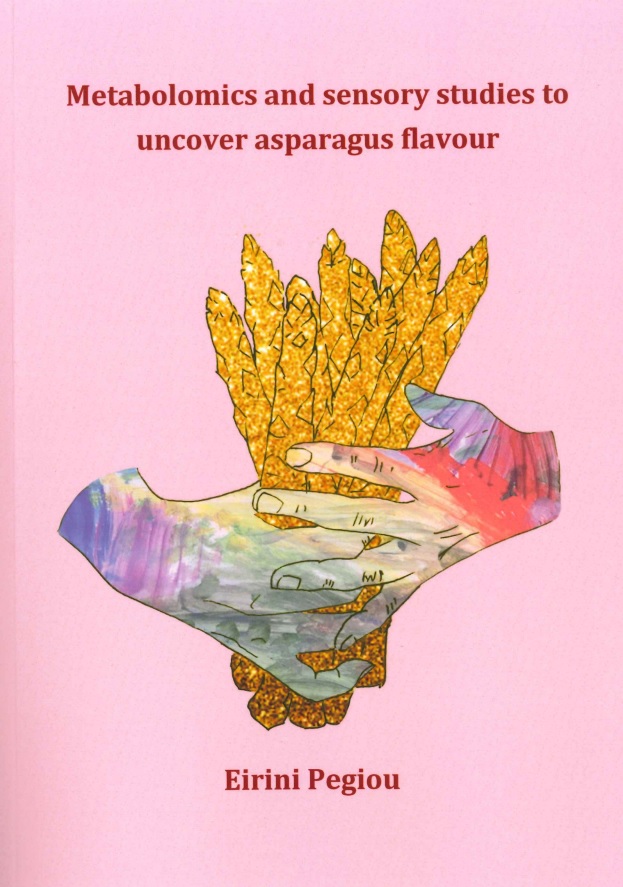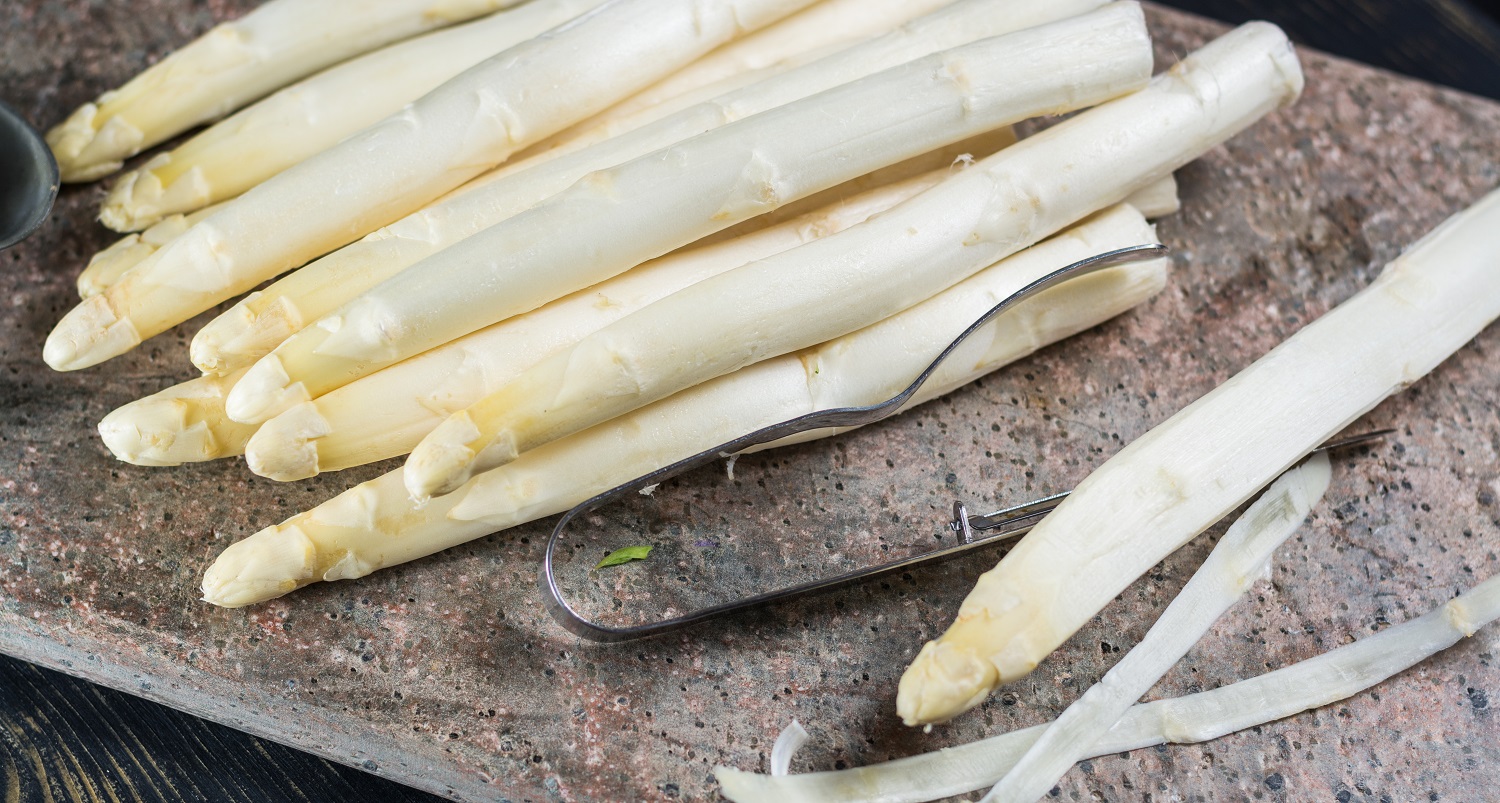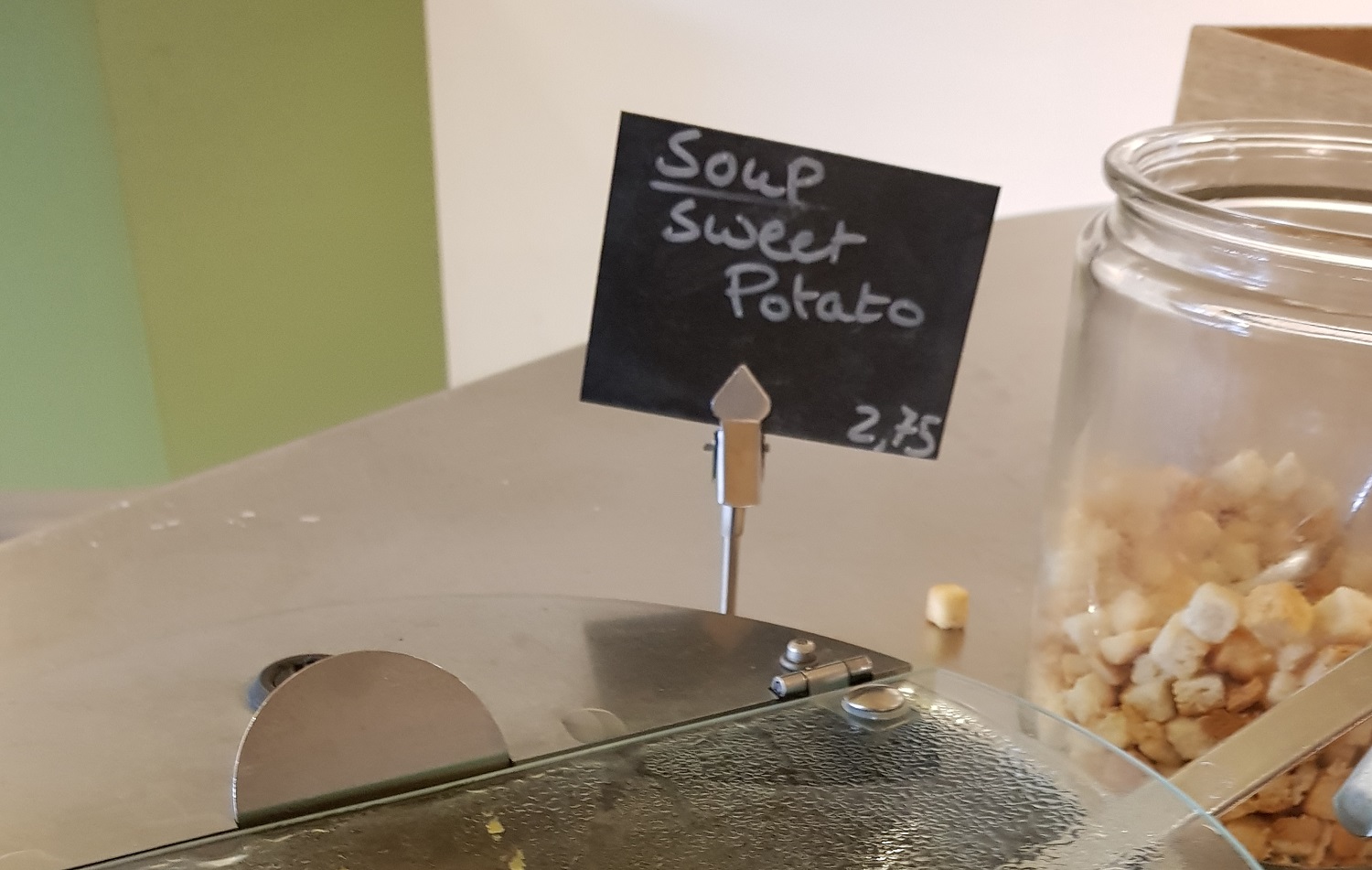Roughly 30 per cent of the asparagus that is harvested is rejected for sale because the spears are too thick, too thin, too long or too short. Consumers want uniform asparagus on their plates. The discarded asparagus is used to make soup powder. Eirini Pegiou (in collaboration with Joanne Siccama and colleagues) has developed a method to make superior powder. What is superior about it is the flavour. She recently received a PhD for her research.
Pegiou is Greek. Asparagus is eaten in her home country, but not the way it is here, she says. ‘In Holland and Germany, it is usual to boil asparagus and eat it with ham, a boiled egg and a sauce. In Greece, it is mainly used in salads or as a side dish. And we usually eat green asparagus.’
Flavour palette
It takes an in-depth knowledge of the flavour palette of asparagus to create a superior soup. So in her research, Pegiou analysed the chemical composition of the flavour of asparagus and what happens to those flavour compounds when they are subjected to different kinds of processing. This of course begs the question: What does asparagus taste like?

‘Like asparagus,’ Pegiou jokes. ‘One of my opponents at the defence made a nice comparison. Flavour is like an orchestra and each flavour compound is an instrument in that orchestra. In the right balance, they combine to form the taste of asparagus.’ That asparagus orchestra is made up of at least 35 different chemical compounds.
2-methoxy-3-isopropyl pyrazine
Not all these compounds contribute equally to the typical taste of asparagus. But two substances are essential, according to Pegiou. ‘The most important two, in my opinion, are 2-methoxy-3-isopropyl pyrazine and dimethyl sulphide. If they are not present, it doesn’t taste like asparagus, as tests with a taste panel have shown. But you do need all the others as well. If you only have those two substances, it’s not 100 % asparagus either.’
The usual way to make soup powder is to dry the asparagus in an oven for a long time. But when you do this, you lose a lot of the flavour compounds, especially the volatile ones. To prevent that, Pegiou and coworkers used spray drying, which involves first separating the juice containing the flavourings from the asparagus fibres. The concentrated juice is then mixed with maltodextrin and sprayed over hot air.
Not only does this process produce a better flavour, it also upcycles a waste stream
Eirini Pegiou, researcher plant metabolomics
As it is sprayed, the water evaporates, leaving soup powder behind. Adding maltodextrin (a polysaccharide) is essential. Pegiou: ‘The polysaccharide forms a protective layer around the droplet, which shields the flavours from the heat. The result is a powder which retains its flavours much better than it does when dried in the normal way.’
Showcase
Pegiou is hopeful that the industry will embrace this process. ‘There is more to be done to optimize the recipe, but that is sure to happen. We have presented a nice “showcase” with promising results. Not only does this process produce a better flavour, it also upcycles a waste stream.’
Spray-drying is not a technique for cooking asparagus at home. But Pegiou has a few tips for that too, thanks to the study. ‘Prevent the flavours from leaching out by using as little water as possible and keeping the lid on the pan. And add a little salt to it on the plate. With a bit of salt¸ the flavours are released better.’

 Foto Shutterstock
Foto Shutterstock 

